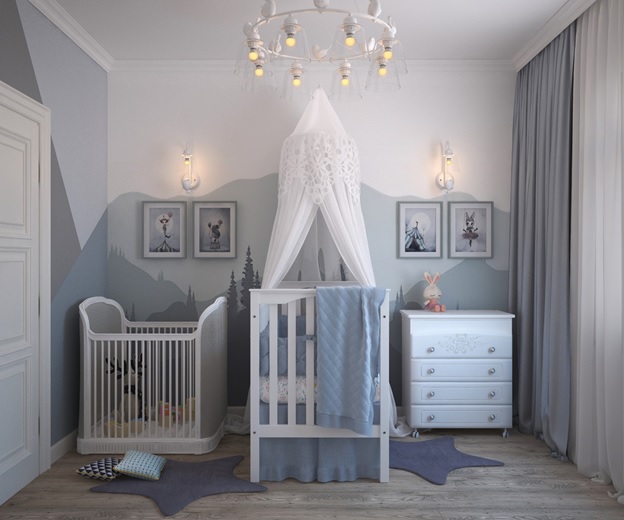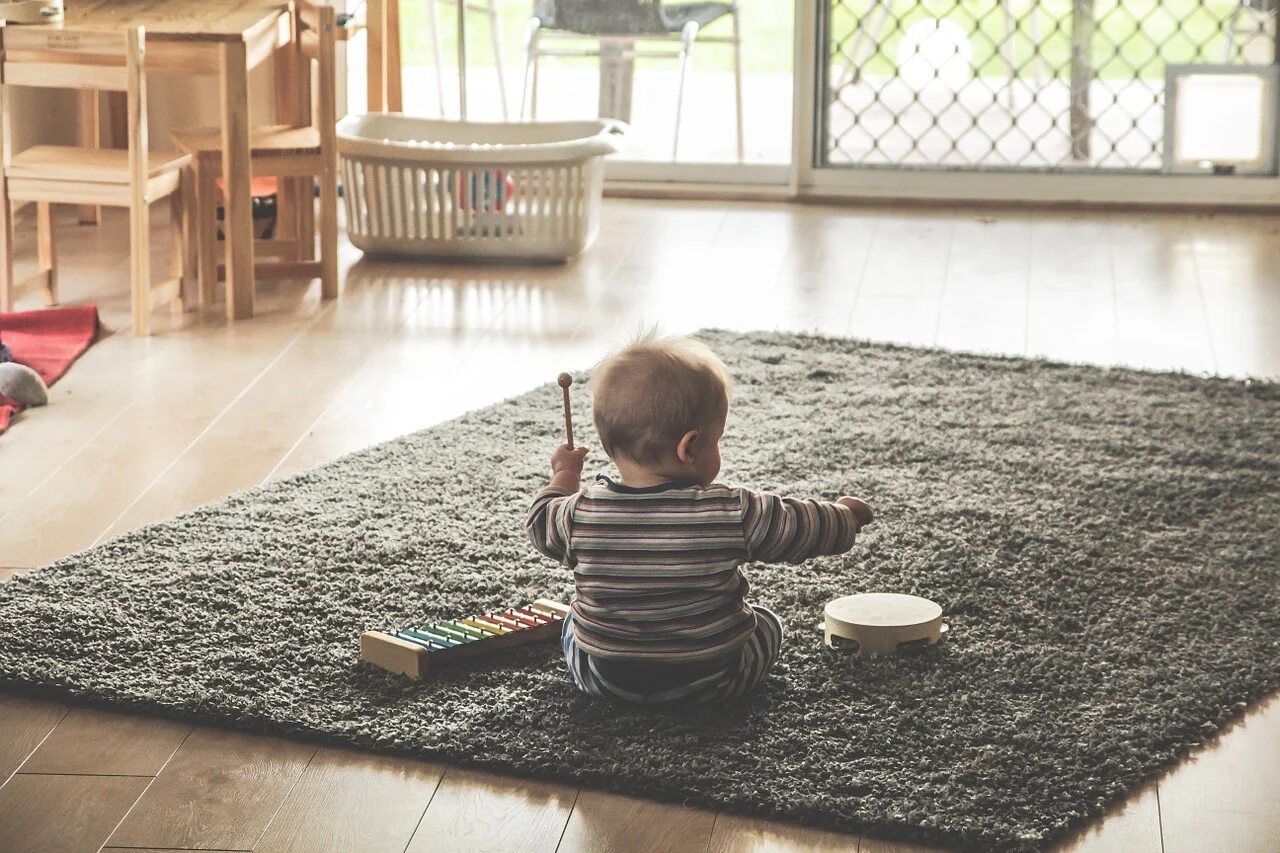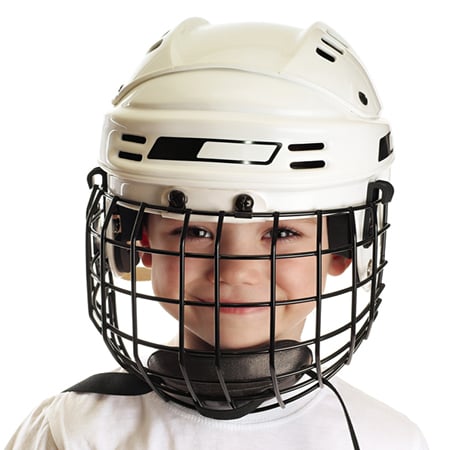Every year, more than 3.4 million children are injured in falls, burns and other home accidents. Although it may not be possible to prevent every accident, there are a few things you can to protect your kids from harm. Here are four tips will help you make your Central New Jersey home a safer place for your children.
Cut a Few Corners
As an adult, you’ve probably had a bruise or two after banging your leg or hip against the sharp corner of a counter or dresser. Unfortunately, corners are often at head level for young children. Falling against one can lead to a trip to the urgent care center or emergency room for a few stitches.
Choosing countertops, coffee tables, bookshelves, dressers and fireplace mantels with rounded edges will help minimize the damage. Although your kids will still get a few bruises if they fall against a coffee table with rounded edges, bruises are much easier to treat than gashes. Add protective temporary bumpers to items that can’t be modified if you have toddlers at home.
Make Smart Flooring Choices
Consider adding one or more of these flooring types to bedrooms, play rooms or family rooms:
- Hardwood Flooring: Durable hardwood can last 30 years or longer and be refinished several times. Hardwood floors are ideal if your child has allergies, as they’re very easy to clean.
- Carpeting: Whether you prefer wall-to-wall carpet or want a few area rugs to soften hardwood flooring, carpeting adds a protective layer to your floor and absorbs sound. Look for natural fiber carpets and rugs to avoid exposing your kids to chemicals.
Prevent Drowning
Swimming pools aren’t the only potential water hazards if you have children, grandchildren or nieces or nephews. Young kids can easily drown in a few inches of water in the bottom of a bucket or bathtub. Protect children from drowning by:
- Using toilet locks to prevent curious toddlers from toppling headfirst into the toilet.
- Never leaving children younger than 6 alone in the bathtub, even if they’re with an older child.
- Emptying water from sinks, bathtubs, buckets and kiddie pools promptly.
- Using self-closing latches on pool fences.
- Adding an alarm and security cameras to your pool area.
Conduct a Safety Audit
Examine each room in your home for possible safety issues, including:
- Living Spaces: Outlets installed in newer homes are usually childproof, but you may need to install outlet covers if you live in an older home. Do area rugs slide and pose a slipping hazard? Add non-slip rug pads underneath them or anchor them under furniture. How far do your windows open? If you have young children, you may want to install guards in windows to prevent falls.
- Laundry Room: Laundry detergent packs make life easier for adults, but plenty of children have mistaken them for candy. Store laundry detergent, fabric softener, bleach and other items out of the reach of your kids. Use locking features on washers or dryers, or buy locks if your appliances don’t have built-in locks.
- Garage: Garages are particularly dangerous places for kids. Keep anti-freeze, oil, tools and other inviting but dangerous substances and objects in locked cabinets. Unplug power tools when you’re finished using them and put them out of reach. Avoid potentially deadly crushing injuries by making sure that your garage door automatically stops if it encounters even the slightest resistance.
- Bedrooms: Window guards are also a must-have in bedrooms, but falls aren’t the only bedroom hazard. Kids are natural climbers and view dressers, chests and bookcases as the perfect place to practice their climbing skills. Unfortunately, these items tend to topple over and may seriously injure your child. Use anchoring straps to securely attach to dressers, bookcases and other heavy furniture to walls.
- Kitchen: Keep cleaning supplies and spices in upper cabinets, even if you use cabinet locks. You never know when your child might figure out how to disable the locks. Unplug small appliances when not in use. Use a stove guard to prevent your child from touching a hot stovetop, install covers on stove and oven knobs, and add a childproof door latch to your refrigerator.
New homes offer many features that can make your house safer and more comfortable for your kids. If you’re interested in moving to a brand new community with generously sized bedrooms, spacious family rooms and large yards, consider becoming a homeowner at Country Classics at Scotch Plains. Be sure to schedule your visit soon; we only have 7 homes available!
Sources:
Safe Kids: Laundry Packets
https://www.safekids.org/safetytips/field_risks/laundry-packets
Medline Plus: Bathroom Safety – Kids
https://medlineplus.gov/ency/patientinstructions/000154.htm
Kids Health from Nemours: Household Safety: Preventing Drowning
https://kidshealth.org/en/parents/safety-drowning.html
Nationwide Children’s: Home Safety Program
















Leave a Comment